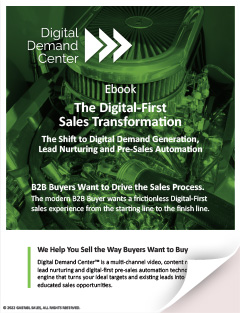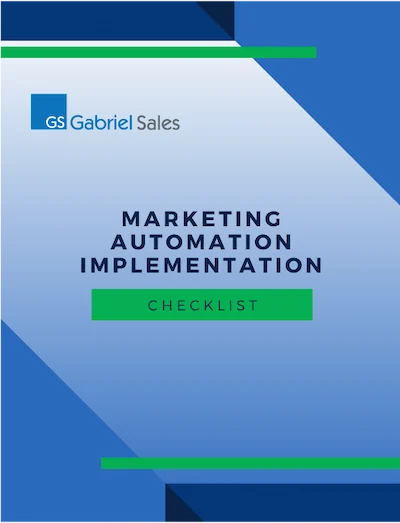 When Apple announced that it would be releasing its first phone in January of 2007, the media and tech world lit up with excitement about the new device that was promised would “work like magic.”
When Apple announced that it would be releasing its first phone in January of 2007, the media and tech world lit up with excitement about the new device that was promised would “work like magic.”
Bloggers, pundits and tech geeks created an online buzz that quickly escalated from giddy excitement to fanatical worship. If you think I’m exaggerating, here are a few examples:
“. . . tech bloggers described the ‘Jesus phone’ as ‘the holy grail of all gadgets’ (Danneskjold, 2007) and questioned how other cellphone companies might develop strategies for ‘dealing with the Second Coming”
“An Asian blogger used an image of the ‘sacred heart of Jesus’, but added an iPhone in his left hand held next to his heart.”
“PVP comics online even published a strip featuring ‘Jade’ trying to comfort her Apple-fanatic boyfriend ‘Brent’ who became catatonic after seeing Apple’s iPhone announcement, finally explaining his shock as ‘Jesus has come back and now he’s a phone’.”
~excerpts from Campbell and La Pastina, How the iPhone Became Divine, 2010
Most marketers and advertisers would kill for this kind of hype around the launch of a new product. When people are calling your product the Second Coming on their own, there’s not much work to do, right?
Wrong.
While the exact numbers are not available, it is estimated Apple spent around $250 million with their marketers and advertisers in the year leading up to the iPhone’s release. It is also estimated Apple spent another $20 million launching the iPhone in Europe.
So, what can we learn from Apple now that the iPhone has become the most successful cellular device in history? Even if you’re selling a handheld Jesus, you need to spend a lot of time and resources on launch.
Apple has been praised for being on the leading edge of marketing and advertising since their famous “1984” advertisement during the Super Bowl of the same year. But what Apple did well with the launch of the iPhone was knowing when to initiate the hype and when to let it happen on its own.
After announcing the release of one of the most anticipated products in history, Apple stood back and let the media build up the hype to a religious fever. When the public conversation waned in the mass media and blogosphere, Apple would release a brilliantly executed TV advertisement or print ad campaign. By the time the iPhone was finally released six months later, Apple’s target audience was in a state of pure devotion and desire.
So, the second thing we can learn from Apple is that even the people who invented the most revolutionizing product of the century needed help getting it to market. Apple spent millions to hire advertising and marketing experts who could provide insights and come up with ideas as to how to sell to the masses.
By spending the money to hire experts who understood Apple’s target audience and how to sell effectively in today’s digital world, Apple had possibly the most successful product launch in history. What could hiring sales and marketing experts do for your new product?
If you have any questions or would like to speak to a representative about a B2B sales and marketing outsourcing solution, please feel free to contact us.




